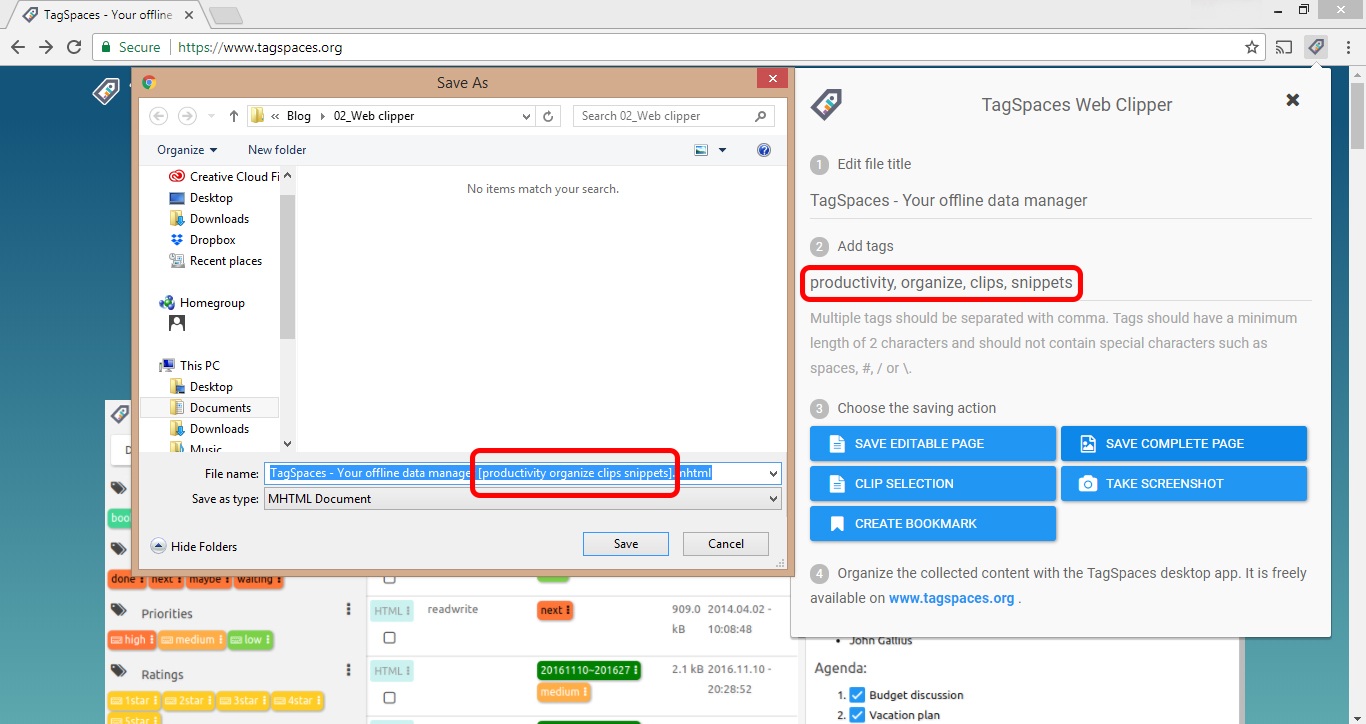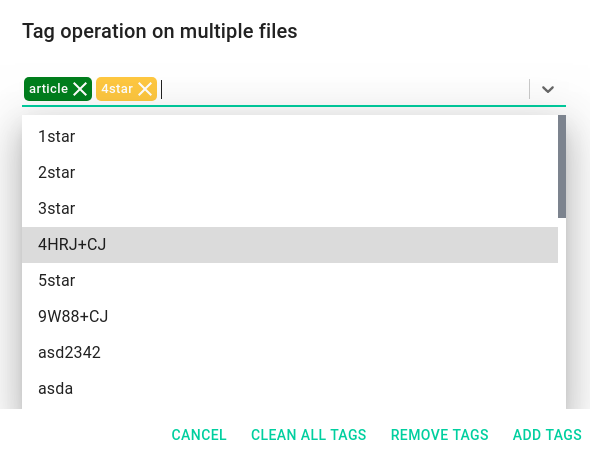
Topic Tags can work the same way but you add it to the 'tag' field of the post, or wherever you want to mention the topicīut as I said before, I think the 'magic' of a tag based system comes from being able to manage and search your curated or posted contents in a much more dynamic and powerful way, so lets take a look at an example: Then simply click Add to insert this tag into the posts that you create. Here's how the author tags might work:Īnd when you type in the text it will search for users with matching names How does this work with or exactly? Well there are already two different types of tags that exist used in the actual content, these being the "#" topic and author tags, and they can be used as a shortcut key or auto-fill option (so we can avoid the typos for topic channels and authors in the future). You can also create collections of tags that correspond to a particular attribute that you want to organize or tag contents. In TagSpaces you can apply tags to folders and use it to create a much more complex structure, and when you add this to tags that you apply to documents and individual pieces of content then you have a more flexible way of managing information across different dimension. In the age of 'big data' and its 5 Vs (volume, velocity, variety, veracity and value), the traditional file systems that were created for managing information prior to the age of the internet simply struggles to present this more complex picture of the information that we have to process and consume. The concept of using tags as a kind of 'meta data' that you tag onto a piece of content is still the predominant view of managing a large amount of information that is collected from different sources. Here is a screenshot of the user interface: And rather than trying to create a typical tree-based structure for navigation content, it actually allowed users to create and combine tags to come up with their own structure for viewing content.

I had previously come across a very interesting application that attempted what I would describe as a 'tag based' file management system called TagSpaces ( ).
TAGSPACES IMPORT TAGS FILE HOW TO
My point is that even though the content created share certain characteristics, I think that the key to making a more fluent/consistent user interface might require looking at not just applying the usual design systems that we see on social media websites and tweak it a little bit to suit the distributed nature of blockchain based applications, but how to combine both in an optimal way that might require some out of the box thinking. Another example is having a Blog + Feed to distinguish between contents you author/curate versus content authored/curated by other people in compared to the Bookmark feature in that lets save content from other authors. I can go into other examples where the point of reference changes depending on which section of the website you are on, such as when the content is separated into Comments and Replies in or just consolidated into Replies in.

posts and comments) in a similar way but we can see different strategies for presenting the content in (as Feed, Blog, Comment, Replies) compared to (as Feed, News, Replies, Bookmarks).īut actually News in is the equivalent of the home page of, where you can show content sorted by different parameters (I assume trending is by upvotes and new is by date or something similar): The Steem blockchain regards authored content (i.e.

I think one of the challenges of building an interface around feeds, that is, using the concept of feeds to structure the rest of the interface is due to the fact that there is no clear point of reference. We can see that in (this is beta version I am using) the primary navigation is a little bit different but the home page link to the Feed suggests that this is still a strong feature of the interface.

When I first started using I found the interface or primary navigation is anchored around the concept of a 'feed' as most social media platforms that implements a 'subscription/follow' feature will to help manage the contents.


 0 kommentar(er)
0 kommentar(er)
